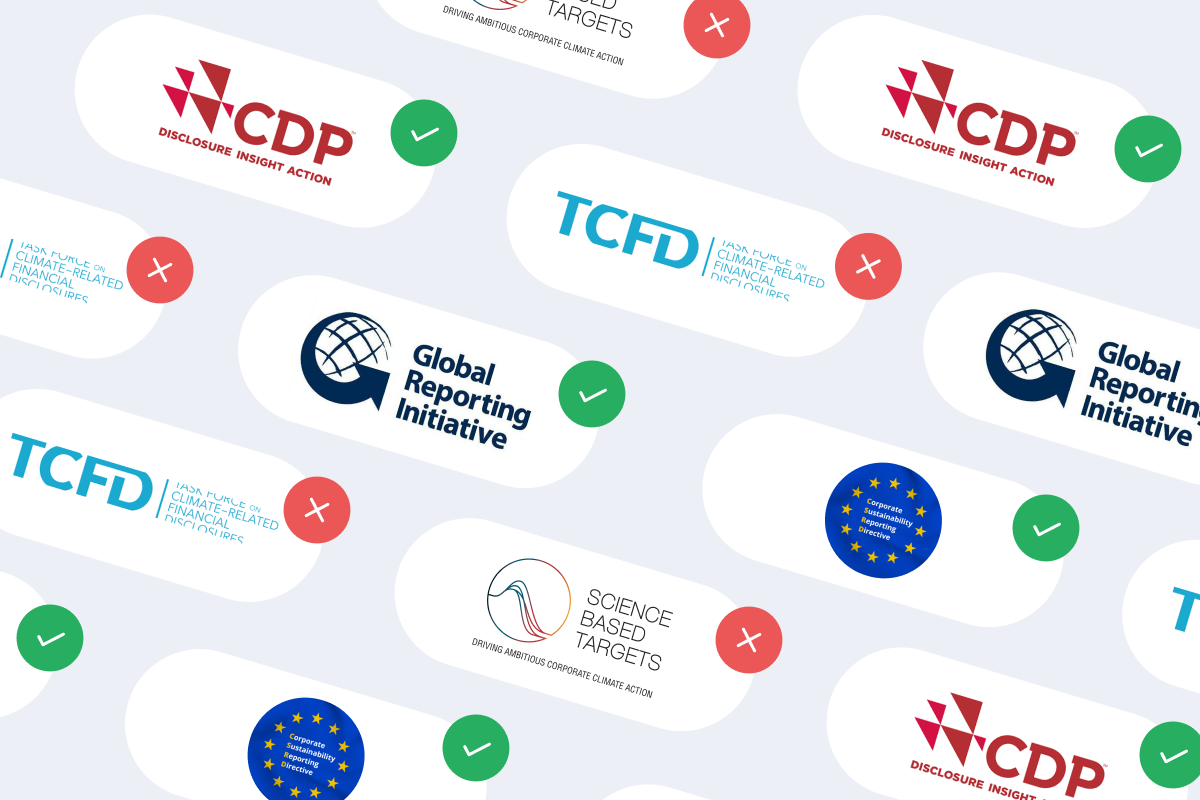Back to the blog
What is the ISO 14044 Standard for Life-Cycle Assessment (LCA)?
Paula Otero
Environmental and Sustainability Consultant
Good intentions are no longer enough to meet the market’s environmental expectations—credibility is now measured in verifiable data.
ISO 14044 is the international standard that defines how to carry out a rigorous, comparable Life-Cycle Assessment (LCA) from raw-material extraction to a product’s end-of-life. Implementing it lets you quantify impacts with an error margin below 5 %, anticipate upcoming European regulations, and secure green financing on preferential terms.
In this article you’ll learn what the standard requires, how to integrate it step by step in your company, and what tangible benefits—from cost reductions to a better ESG rating—you can gain by certifying your processes under ISO 14044.
What is ISO 14044?
ISO 14044 is the international standard that sets out, with engineering precision, how an LCA must be performed. Adopting this standard not only boosts transparency but also cuts result uncertainty to below 5 %.
In a market where every euro invested in sustainability must show a return, such reliable metrics have become indispensable.
What exactly does ISO 14044 require?
When a company decides to assess a product’s environmental impact under the standard, it must complete four clearly defined phases:
Phase 1: Goal and scope
The functional unit is fixed (e.g., one kilogram of ready-to-apply paint) and system boundaries are set “from cradle to grave.” Defining that perimeter well is crucial; a scope error can raise the margin of error by more than 20 %.
Phase 2: Life-Cycle Inventory (LCI)
The second phase is the LCI, where all material, energy, and water flows are gathered. At least half of the data must be primary (measured directly in the plant or process).
For a step-by-step breakdown of an LCI, see our article on the Life-Cycle Inventory (LCI).
Phase 3: Impact assessment
Once the inventory is complete, the data are translated into indicators such as climate change, eutrophication, or human toxicity. The standard does not mandate a single method, but the European Commission recommends ReCiPe 2016 or Environmental Footprint 3.1 because they allow cross-sector comparisons.
Phase 4: Interpretation
The final phase identifies hot-spots and proposes quantified improvements. This is where theory turns into savings: if blowing a PET bottle accounts for 42 % of the climate impact, switching to renewable electricity immediately cuts that share of the environmental load.
Tangible benefits of certifying an LCA under ISO 14044
- Better financing terms: Projects that pass external critical review enjoy, on average, a 65-basis-point discount on interest rates from development banks and green investment funds.
- Regulatory shield: When authorities demand sustainability evidence, an ISO 14044 report prevents penalties and speeds up public tenders.
- Market premium: Recent Nielsen studies show that 79 % of consumers will pay up to 5 % more for a product with certified impacts.
How to implement ISO 14044 without missing deadlines
- Assemble a team or hire an accredited consultancy.
- Build the inventory with at least 50 % primary data.
- Choose an impact method suited to your sector (ReCiPe for food and drink; Environmental Footprint for construction products).
- Submit the study for independent critical review—mandatory if you plan to publish or share it with clients.
- Communicate the results through technical sheets, sales presentations, or Environmental Product Declarations (EPDs), always citing the functional unit.
ISO 14044: an investment in credibility
Adopting ISO 14044 is not an expense but an investment in credibility and efficiency. It facilitates access to green finance, gets you ahead of future regulations, and turns environmental marketing into a data-backed narrative.
FAQs about ISO 14044 and LCA
Is a critical review mandatory?
Yes, if the study will be disclosed externally.
How long does a full certification take?
6–12 weeks for simple products and up to 6 months for complex systems.
Paula Otero
Environmental and Sustainability Consultant
About the author
Biologist from the University of Santiago de Compostela with a Master’s degree in Natural Environment Management and Conservation from the University of Cádiz. After collaborating in university studies and working as an environmental consultant, I now apply my expertise at Manglai. I specialize in leading sustainability projects focused on the Sustainable Development Goals for companies. I advise clients on carbon footprint measurement and reduction, contribute to the development of our platform, and conduct internal training. My experience combines scientific rigor with practical applicability in the business sector.
Content
Companies that already trust manglai
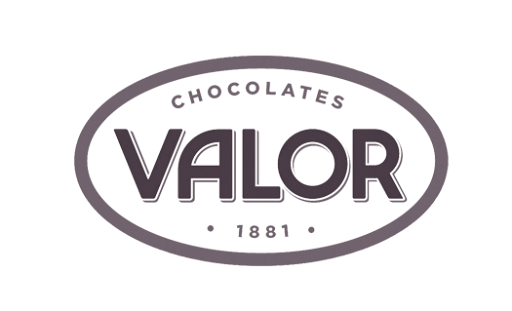

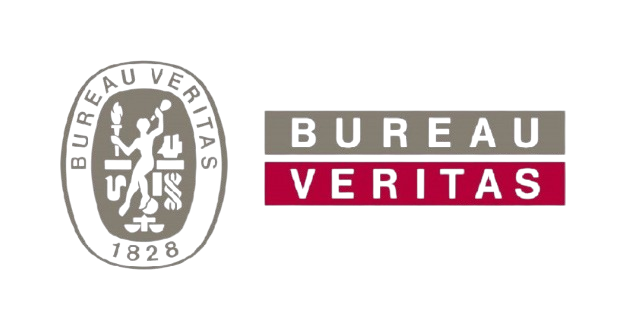

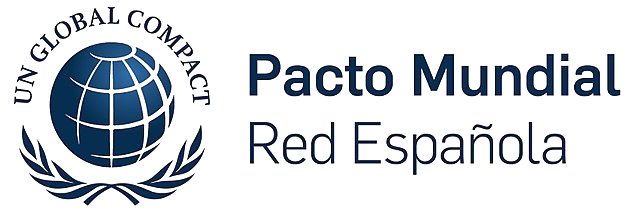








Real Decreto 1055/2022: Key aspects of EPR for commercial and industrial packaging in Spain
Discover how to comply with Real Decreto 1055/2022 and apply Extended Producer Responsibility (EPR) to commercial and industrial packaging.
20 October, 2025
Direct vs. Indirect Environmental Impact in Environmental Analysis: What’s the Difference?
Understand the distinction between direct and indirect impact in environmental analysis.
16 July, 2025
Environmental Transparency in Products: How to Communicate Sustainability for Responsible Consumption
Learn how product transparency drives sustainability and informed choice.
14 July, 2025
Guiding businesses towards net-zero emissions through AI-driven solutions.
© 2025 Manglai. All rights reserved
Política de Privacidad